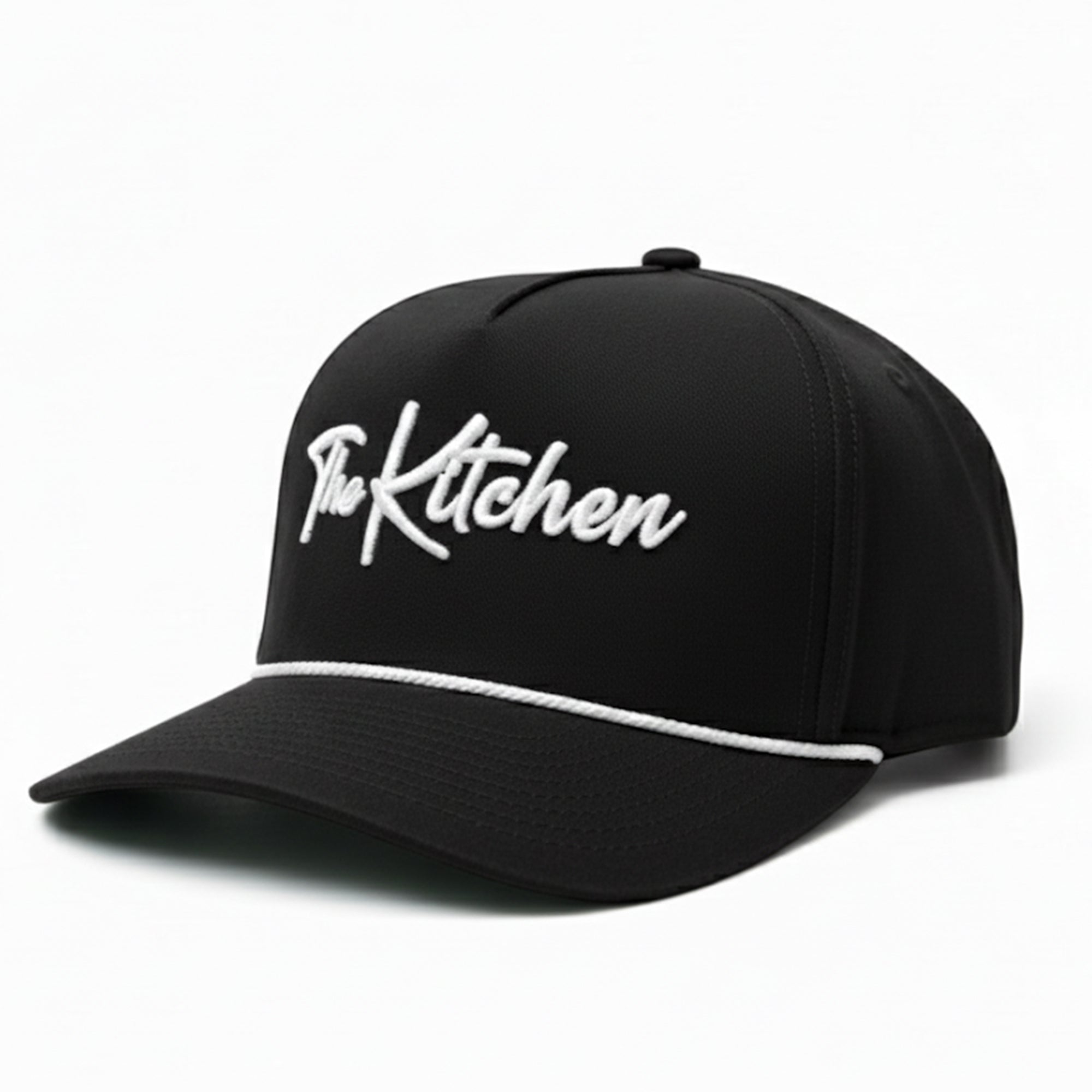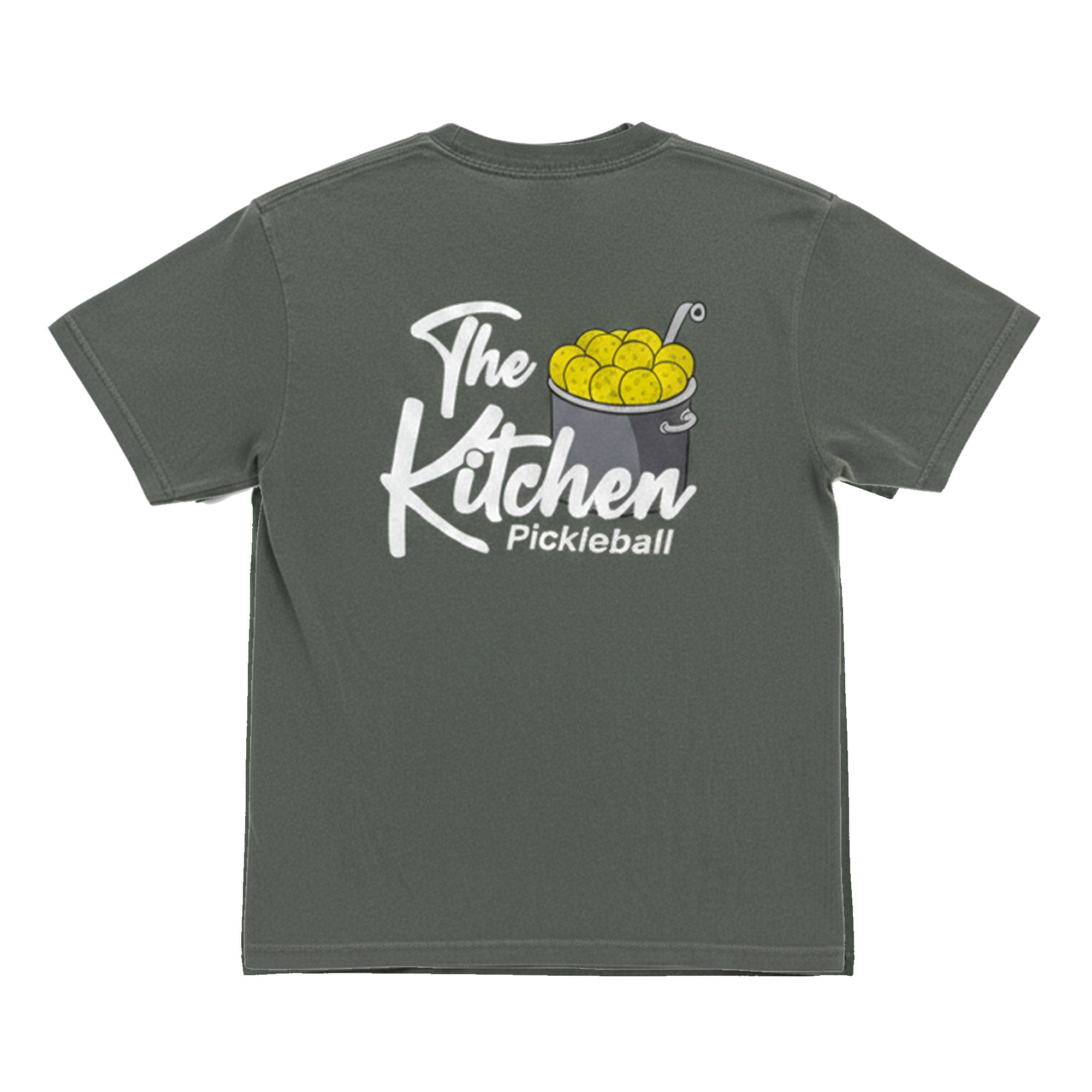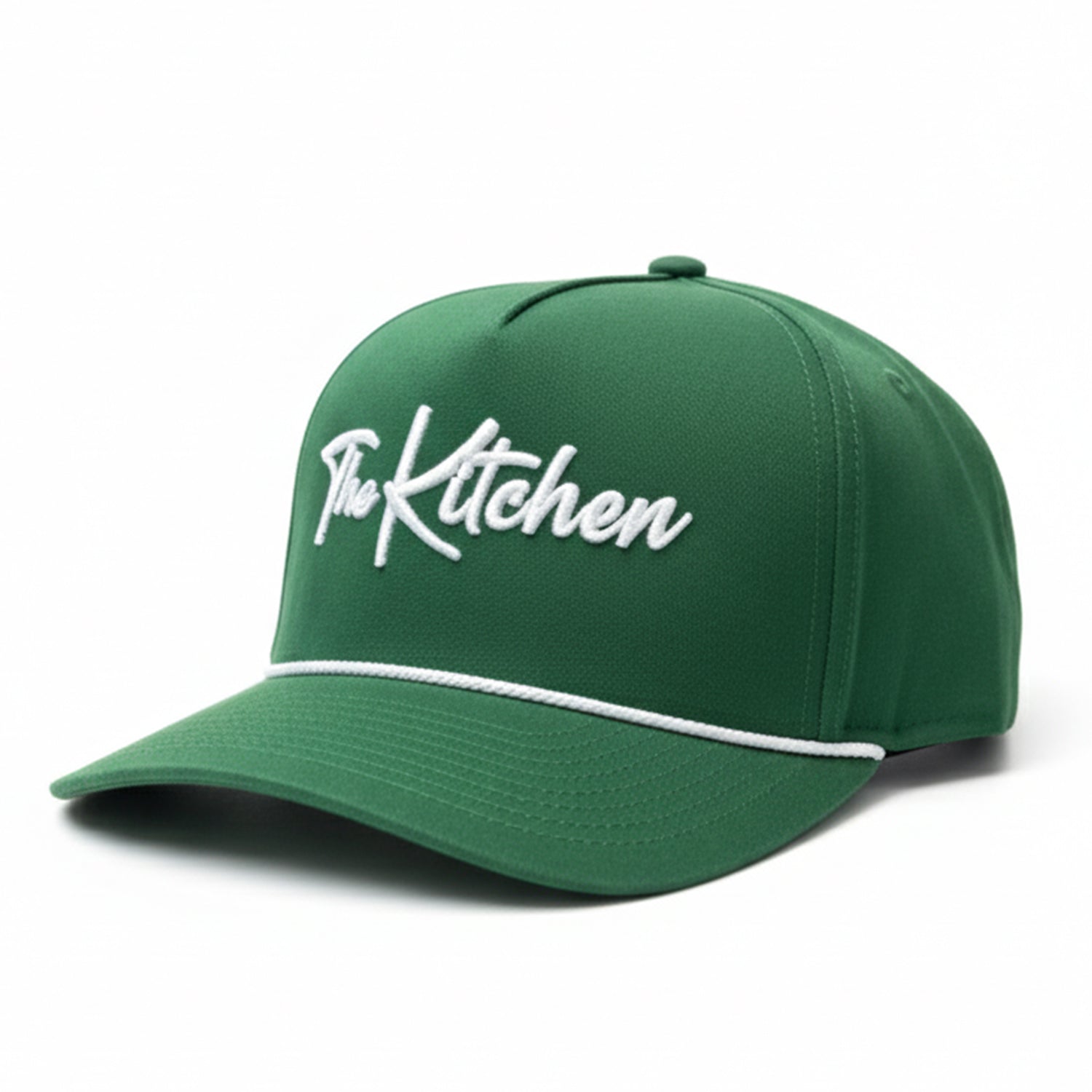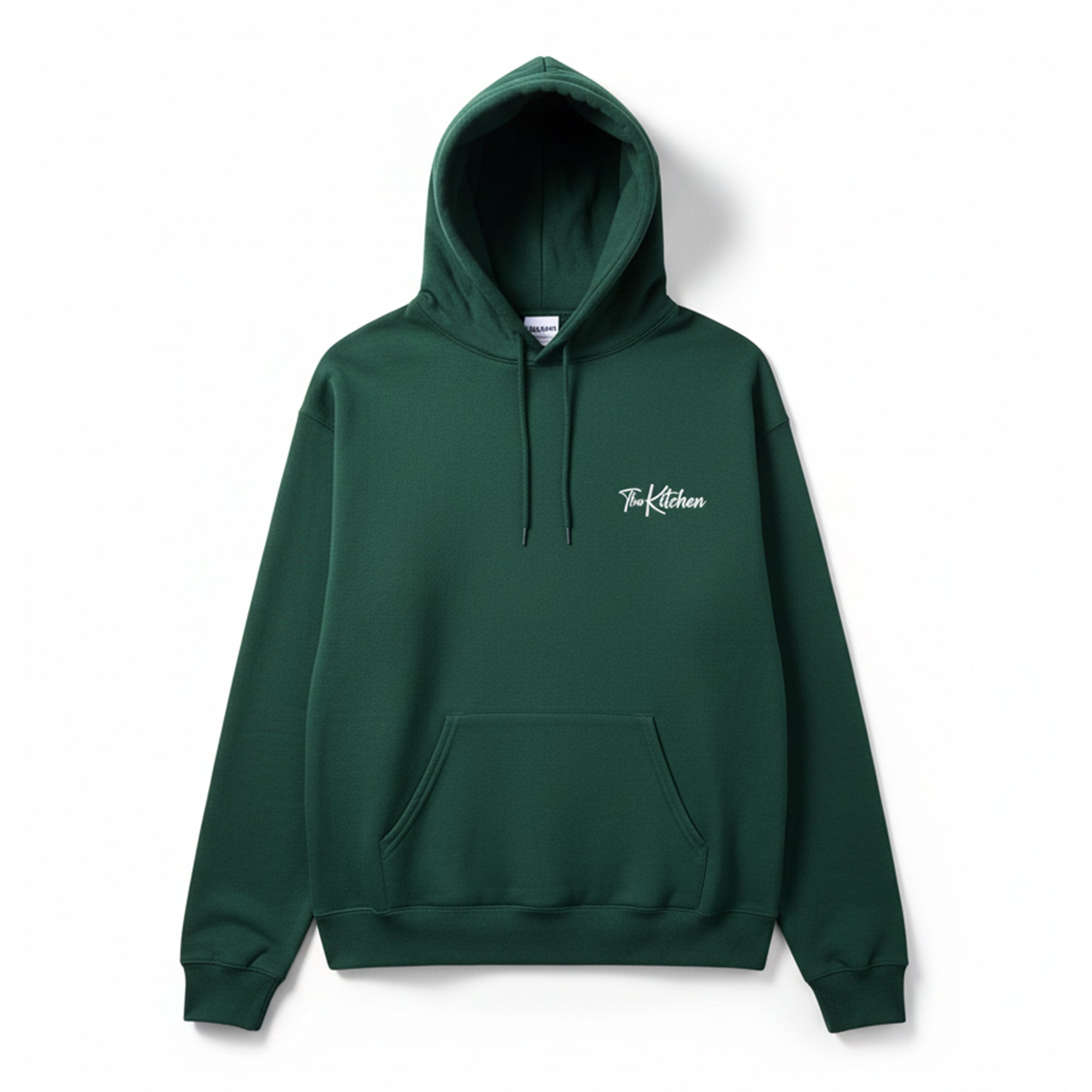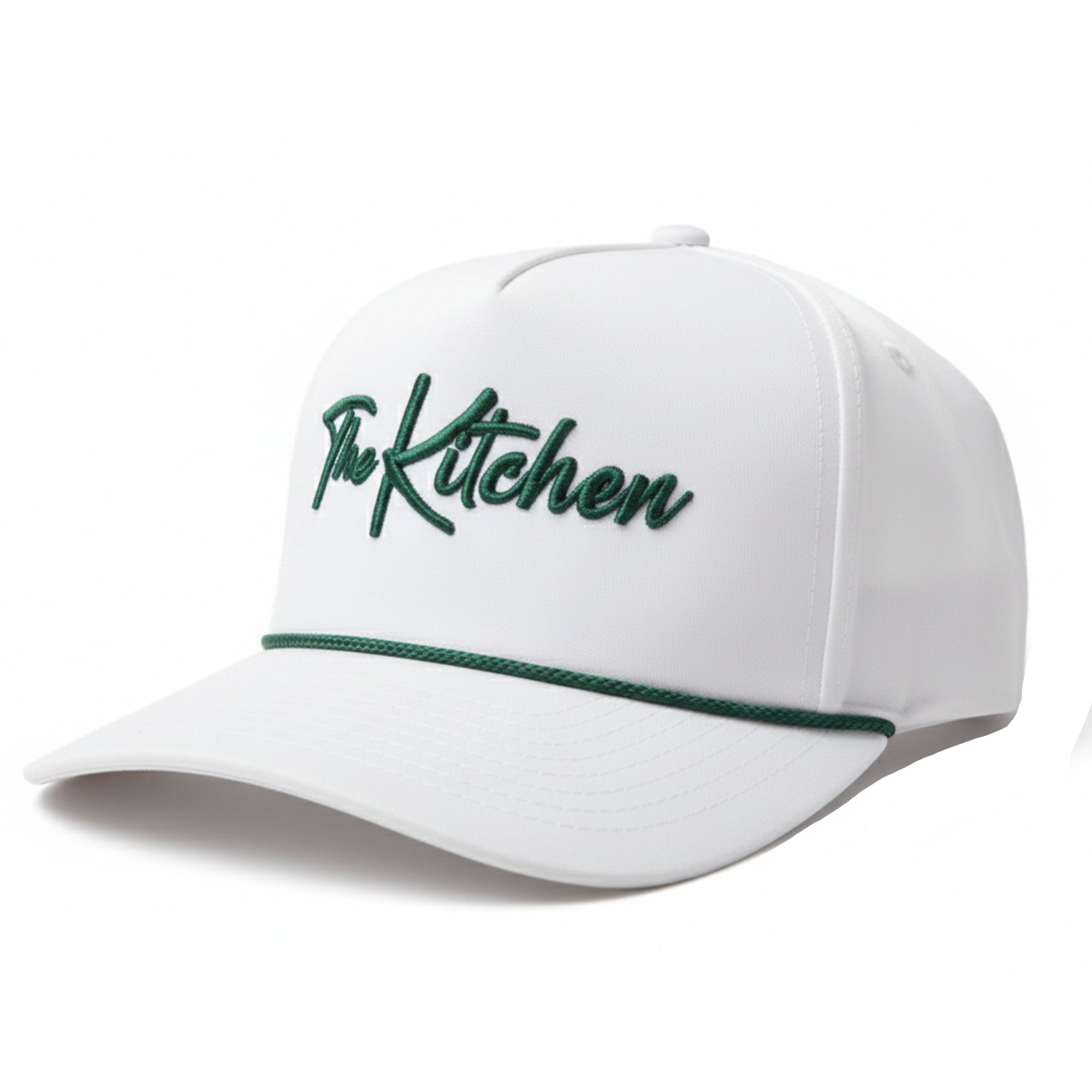Reduce mental errors in pickleball by understanding the odds
Last Edited
Oct 15 2025
Category
Instruction
Picture this: You have a nice high juicy popup heading your way. Your team is up 10-8 and this is it. Game point.
You slide over toward the ball, ready to hit the winner and close out the game. The shot feels good coming off your paddle. A clean hit. Great.
But … wait … oh no. It looks like your shot may be heading out of bounds. Yep. The ball lands clearly out of bounds. You lose the point. Side out and who knows what will happen now.
Is there anything you could you have done differently there to not miss the putaway volley and win the game? The answer: Probably.
In this article we will explore how understanding and applying odds would have helped you avoid this unfortunate outcome. Or, more appropriately, as you’ll understand more clearly by the end, how playing the odds would have reduced the chances of this unfortunate outcome.
Understanding how to reduce the chances of an error
First things first: There is nothing you can do to completely avoid missing that volley. Or any shot for that matter. All you can do is reduce the chances of missing. This is how understanding and applying odds can help you play better.
While there are mechanical ways you can miss the volley – and things you can do about that – for now we are going to focus on the mental errors we commonly make.
Generally speaking, you have more control over your mental errors, so why not deal with these first? Turning to our scenario, you missed the volley by hitting the ball out of bounds. Oftentimes, when we hit a ball out of bounds it is the result of a mental error by us.
The two types of mental errors
1. You did not select a specific target for your shot. A key concept that underlies our BetterPickleball coaching is “intentionality” (in fact, it is the “I” that is central to our Study, Train, Recognize, Intend, Visualize and Execute -- or “STRIVE” -- approach.) When you do not pick a target for your shot, you surrender control over it. In this case, the mental error is a lack of intention.
2. You selected a target that was too risky. Another powerful tool we use with our students is margin for error: How much “cushion” you have around your target before the ball lands somewhere you do not want it to – out of bounds in this case. If you are aiming right at (or near) the line, you should not be surprised when the ball lands outside of it. That result is well within the expected outcomes given the target you selected. The mental error is selecting a target with a too-tight (or no) margin for error.
So, what could you have done to minimize the chances of your volley landing out of bounds? More specifically, is there a decision that would make it more likely to hit your volley in the court? Fortunately, the answer is yes – and it’s not terribly complicated. The easiest way to control errors is to give yourself more space on your shots.
Because – here’s the secret: you’re a human being. As good as you may get with your shots, there will always be some variance between where you are aiming the ball and where it actually ends up. That is why you should allow some “cushion” around where you aim the ball.
Read next: Prepare yourself to miss some shots, because it will happen
And here’s another “secret” -- even your favorite pro player uses a margin for error around their shots. That’s why their third-shot drops usually have way higher arcs than most amateur third-shot drops. So not only is there nothing beginner or “weak” about not aiming right toward the line, the smart play is to give yourself some room to work with.
Perhaps the best thing about this sort of error correction is that it is among the easiest to implement. Mechanical error correction is usually pretty tedious. You need an understanding of the correct technique for the shot. And then you need repetitions. Lots of them.
The “too risky a target” source of error is of the mental error variety (you either did not choose or chose unwisely).
How to fix mental errors
1. Having a clear target in mind – the “intentionality” we mentioned earlier.
2. Setting a target that gives you a sufficient cushion around your shot – in other words, do not needlessly allow the margin for error around your target to overlap the net or out of bounds areas. This is how you give yourself the best chance to succeed with the shot you are hitting.
That improved shot success rate will carry over into more rallies won and, ultimately, more games won. You can use this same approach – looking at what gives you the best chance for success – on pretty much every aspect of pickleball (and life if you want).
The primary benefit of this approach is clarity in your decision making. If the thing improves your chances (e.g., knowing how to stack once you are at that stage of your game development), then you add it. If the thing decreases your chances (e.g., trying to add “extra” spin to the ball before you develop a consistent stroke mechanic), then you put it to the side.
This article is part of a series exploring how to use chances for success as a guide to your pickleball decision making. By knowing which area of the game is likely to impact your results the most, you can make better decisions about what you focus on. A powerful part of our coaching philosophy at Better Pickleball: getting you real results.
Tony Roig is a nationally-recognized coach, Sr. Pro Player, developer of “Respect the X” on the In2Pickle YouTube channel, and the voice behind the Pickleball Therapy podcast. Visit BetterPickleball.com for information on coaching from Tony and the BP team through their Camps, Academy, and No. 1 online training program: The Pickleball System.








